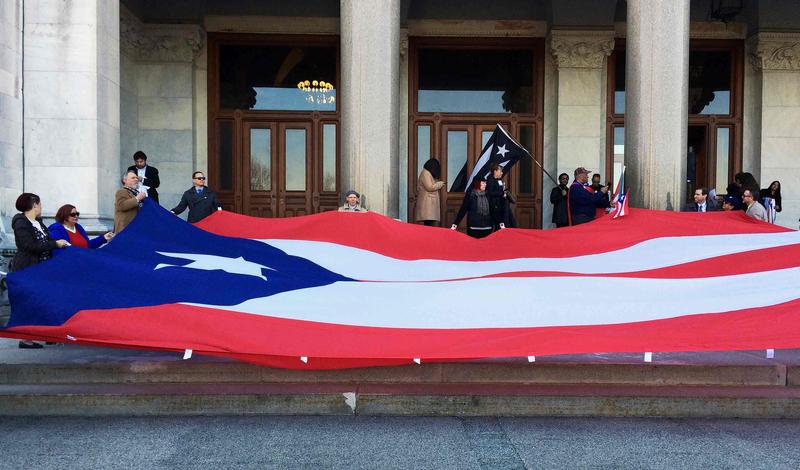
Like all bankruptcies, Puerto Rico’s complex $120 billion case will come down to two basic questions: How much money is there? And how much of that should go to pay back what it owes?
U.S. District Judge Laura Taylor Swain is overseeing the case. By the time she gavels her final ruling, those essential questions will be answered. And experts told WNYC the appeals and interpretations that flow from this complex case will be examined closely for ways future bankruptcies may be affected.
For now, an acrimonious fight between Puerto Rico’s creditors, the Commonwealth, and the federal appointed Financial Management and Oversight Board, is well under way. There’s not enough money to pay everyone, so creditors are pushing to limit their “haircut,” bond-market speak for taking a loss.
The general perception among creditors is that the Commonwealth and the Board are underestimating the amount of money Puerto Rico has available to pay back creditors. To get some clarity, creditors sued for access to the data underlying the Board’s financial turnaround plans. Those plans suggest that the island can pay back about 40 percent of what it owes over the next six years.
Cate Long, an analyst who runs Puerto Rico Clearinghouse, a research service for bondholders, said that once creditors get access to the data, there will be an “enormous war between the creditors and the Oversight Board.”
The goal of that war: boost the amount of money the government committed to paying back.
Even if Puerto Rico isn’t on your radar, its debt restructuring matters may affect you. Municipal bonds are an important source of revenue for every city and state in the country. Two-thirds of all infrastructure projects in the United States are financed through municipal bonds. If creditors lose faith that governments will pay them back, that borrowing could get even more expensive.
Dora Lee, a vice president at Belle Haven Investments, warned that allowing Puerto Rico “to just cancel debt when it’s convenient to them” will damage the confidence investors will need to lend to other municipalities in the future.
“It would definitely lead to higher interest rates, and higher interest rates means higher taxes for taxpayers who live in those municipalities,” Lee said.
That’s why financially troubled states like Connecticut and Illinois, which have also borrowed too much and promised far more in pensions than they can pay, are watching Puerto Rico closely.
Officials in those states were quick to declare they were nowhere near as troubled as Puerto Rico.
Ben Barnes, Secretary of the Office of Policy and Management in Connecticut, said he was confident that Connecticut’s fiscal problems would improve.
“Who knows what happens in a thousand years, but in my lifetime, it is inconceivable that Connecticut will even default on debt,” Barnes said. “And I'm not that old.”
It's worth noting that for years Puerto Rican officials were similarly confident.
If conditions in Illinois, Connecticut or other states get worse, bankruptcy experts said they expect any solutions proposed will be based in large part on Puerto Rico.
Vera Carothers contributed reporting to the series; It was produced in partnership with Latino USA.
Puerto Rico: The Future of Debt is supported in part by The Jacob and Valeria Langeloth Foundation, the Park Foundation, and Chasing the Dream, a WNET initiative on poverty, jobs and economic opportunity in America. Additional support is provided by the Corporation for Public Broadcasting as part of a collaboration between APM Reports, KCUR in Kansas City, KPCC in Southern California, WABE in Atlanta, and WNYC.
The series is also supported by the McGraw Center for Business Journalism at the CUNY Graduate School of Journalism.
